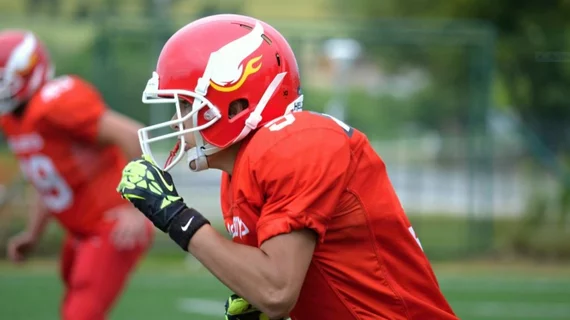Several mainstream media outlets recently cast a bright and unflattering spotlight upon the well-being of athletes who are returning to active rosters following injuries, causing many spectators to question the people in charge of making return-to-play decisions.
While these decisions are made by a team of physicians, therapists, coaches and the athletes themselves, a presentation at the annual RSNA meeting made the case for radiologists taking on a more prominent role in return-to-play protocols.
During a discussion about the next five years in radiology, Bruce Forster, MD, a musculoskeletal radiologist at the University of British Columbia, forecasted that with the help of AI, radiologists will take on central roles in return-to-play decisions for both amateur and professional athletes.
“As radiologists we get asked a lot to participate in decisions on allowing injured athletes to return to their sport,” Forster said. “The trick is to be able to do it without causing reinjury in an acute sense or in a chronic sense. It can be a difficult and complex decision.”
Forster, who was also director of diagnostic imaging for the Vancouver 2010 Winter Olympics, indicated that radiologists could help make return-to-play decisions more scientific by using artificial intelligence to translate data pertaining to athletes and their specific injuries.
“Athletes have many data points,” Forster said.
Beyond routine imaging, he suggested that imaging that provides quantitative data, such as diffusion tensor imaging and elastography, could be combined with factors like the mechanism of injury, biomechanics and results from physiotherapy to better predict how an athlete would respond to returning to physical activity following an injury. With the help of machine learning, these data could offer a quantitative analysis on an athlete's recovery. In this sense, radiologists have a unique advantage because they are ahead of the game in the use of AI, on top of their deep understanding of imaging.
For these reasons, Forster sees radiologists stepping up to the plate in a big way in the future of sports medicine.
“I think we are in an excellent position to be the team leaders in return-to-play decisions,” Forster stated.
For more from RSNA, click here.

